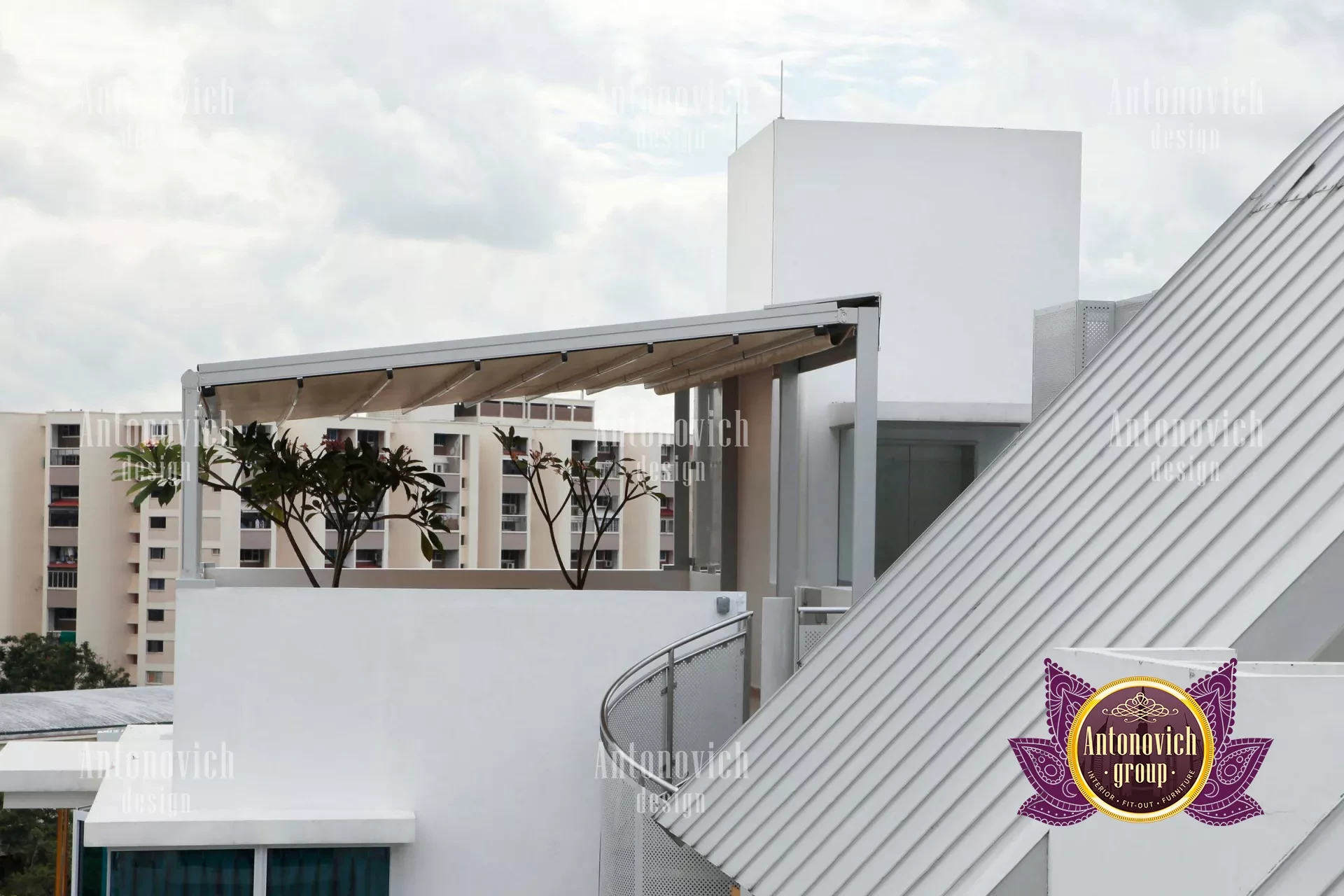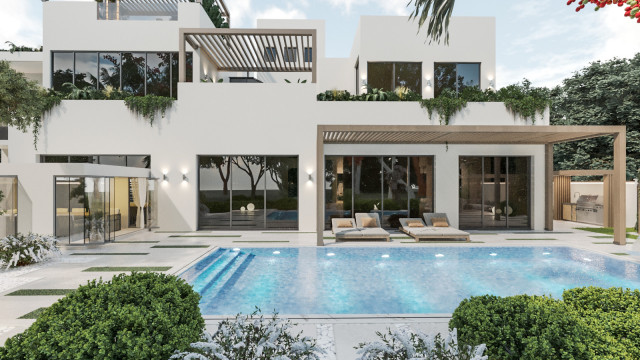GUIDE TO OUTDOOR SPACE DESIGNING
Watch a singing mother bird instruct her hatchlings in flying in your outside area as you peer out of your window. Perennial bulbs that have been dormant in the garden start to develop and protrude green from the arid earth of the winter. Sweet, dewy grass is in the air, and the surroundings are suddenly colored. It's springtime, that much is certain. And everyone wants to be outside at this time of year. So why not let more natural light into your house? For a house that feels expansive, inspired, and brimming with light and energy, we're sharing our insider advice on how to connect your indoor and outdoor areas today on the blog. The flow between the interior and the outdoors is extremely important, whether it's as dramatic as opening the side of your home with floor-to-ceiling glass doors or as simple as a private entry to your garden. The secret is to design the flow of traffic so that visitors may go inside and outside with ease. For the purpose of properly sizing your outside area, you should first make a list of the outdoor furniture items together with their measurements. Even if you're outside, it's still vital to follow some of the same decorating guidelines you would use inside. The most crucial thing is to establish zones so that each part of your porch or patio serves a certain function. places set aside for things like relaxing, talking, and cooking.

How are zones defined? Corners and borders can be created using changes in hardscaping elements, trees, bushes, and planters. Outdoor rugs are another excellent way to designate a certain space. Place one rug next to a dining table and chairs to create a dining area, and a second rug next to a coffee table and seats to create a casual discussion area. Don't forget to take into account the weather conditions while placing your outside room; you don't want the sun to be in your visitors' eyes the entire time! The outdoors presents the largest problem when creating an outdoor area, but it's also the most evident one. The natural surroundings of your area will be exposed to you and the furnishings you pick. Create a protected sanctuary where visitors may seek cover from the elements. Awnings, umbrellas, gazebos, and pergolas are all contemporary options to provide intimacy while shielding your outside guests from glaring sunshine and light rain.

Your outdoor space is exposed to the weather and to the neighbors if there are no barriers or drapes to keep them out. Install a fence or high landscaping between you and the neighbors if privacy or noise levels are an issue for your area. Installing a precast concrete fence or screening wall with a beautiful stone or brick pattern that matches your patio is one way to maintain design consistency. We are unable to quit mentioning teak when it comes to selecting outdoor furniture. Why is teak? Most significantly, teak can tolerate all weather conditions. Its natural oil prevents water from penetrating, preventing warping, cracking, or brittleness. Teak adheres to the US Postal Service's credo, whether it is summer sun, winter snowstorms, or spring downpours. The same organic oils and resins shield the wood not only from adverse circumstances but also from insects and other pests. It is not surprising that such a durable and low-maintenance material is used in the most opulent cabins and lodges and outdoor furniture since, unlike other woods, it never rusts when it comes into touch with metal.












